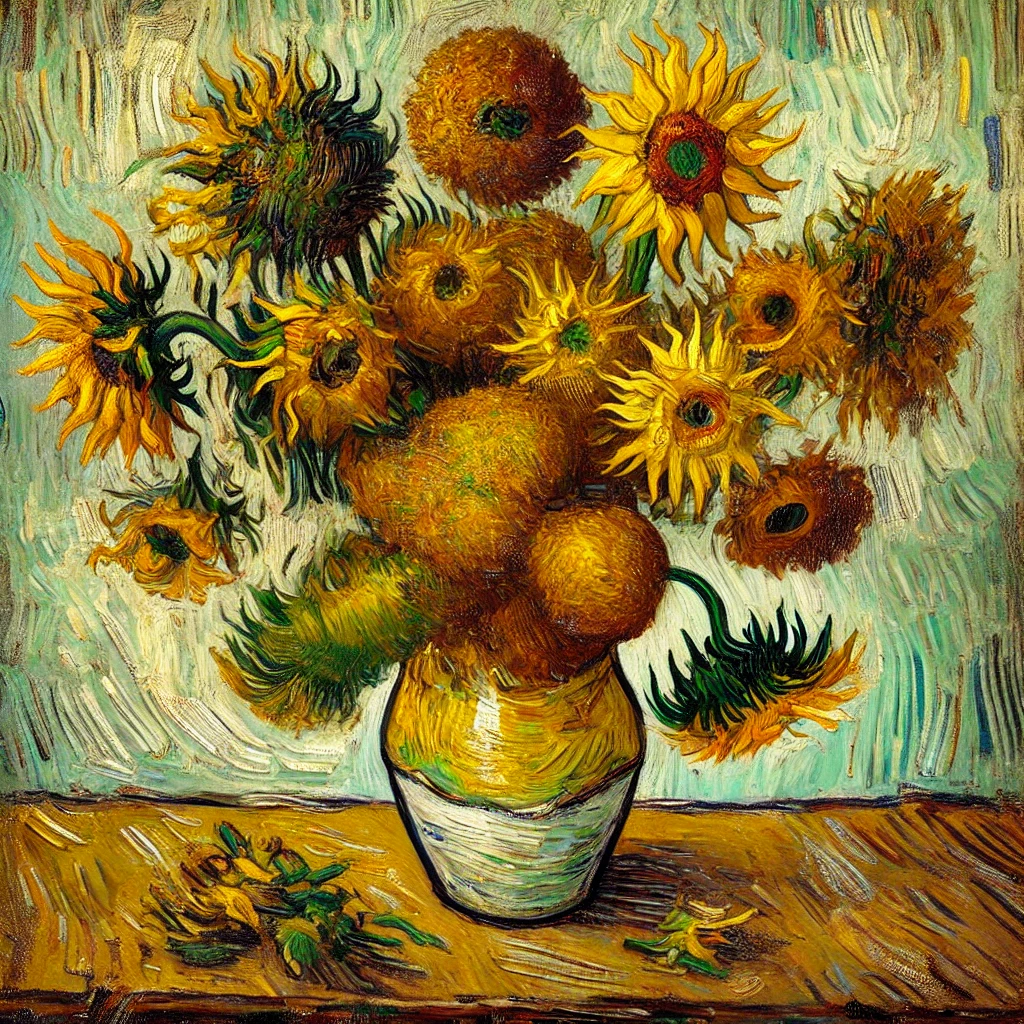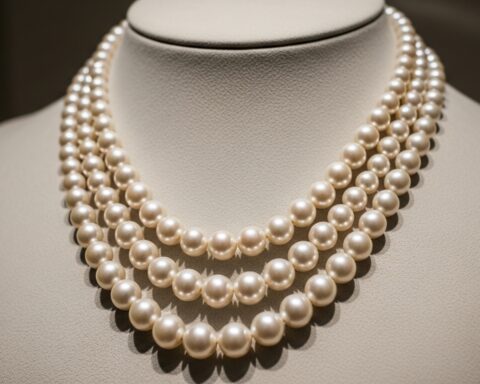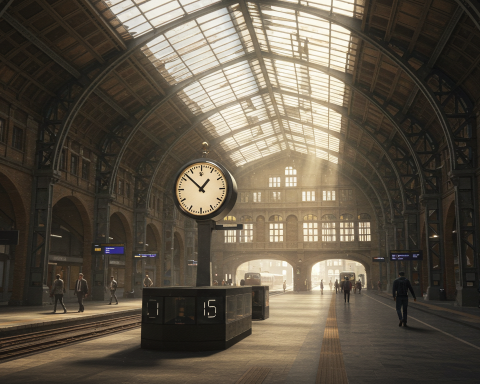Vincent van Gogh’s “Sunflowers” are more than just a still life; they are an iconic symbol of art history, radiating vibrant colors and the artist’s passionate spirit. In 1987, one of these iconic paintings shattered auction records, marking a pivotal moment in the art world and solidifying Van Gogh’s place as one of the most celebrated artists of all time.
The Genesis of a Masterpiece
Van Gogh painted his famed sunflower series in Arles, France, in 1888 and 1889, during a period of intense creativity and optimism. He envisioned decorating his Yellow House with these vibrant canvases, hoping to create a welcoming space for fellow artists, particularly his friend Paul Gauguin.
The sunflowers, with their bold yellow hues and expressive brushstrokes, capture Van Gogh’s unique artistic vision. He saw in these flowers a symbol of life, vitality, and gratitude. The series showcases the flowers in various stages of bloom, from budding freshness to wilting decay, reflecting the cycle of life and the passage of time.
A Landmark Auction
Fast forward to March 30, 1987. The auction room at Christie’s in London buzzed with anticipation as one of Van Gogh’s “Sunflowers” paintings went under the hammer. The bidding war was fierce, with collectors and institutions vying for this coveted masterpiece.
When the gavel finally fell, the painting sold for a staggering £24.75 million (approximately $39.9 million at the time), shattering the previous record for the most expensive artwork ever sold at auction. This sale sent shockwaves through the art world, marking a new era of high-priced art and solidifying Van Gogh’s status as a global icon.
More Than Just a Price Tag
The record-breaking sale of “Sunflowers” was more than just a financial transaction; it was a cultural phenomenon that captured the world’s attention. It sparked discussions about the value of art, the role of auctions in the art market, and the enduring appeal of Van Gogh’s work.
The painting’s astronomical price reflected not only its artistic merit but also its historical significance. It represented a pivotal moment in Post-Impressionism, a movement that challenged traditional artistic conventions and paved the way for modern art.
The Enduring Allure of “Sunflowers”
Why do Van Gogh’s “Sunflowers” continue to captivate audiences today? Their appeal lies in a combination of factors:
- Vibrant Colors and Expressive Brushwork: Van Gogh’s use of bold yellows, oranges, and greens, combined with his energetic brushstrokes, creates a sense of movement and vitality that draws the viewer in.
- Emotional Resonance: The sunflowers are more than just a still life; they convey a range of emotions, from joy and optimism to melancholy and introspection. Van Gogh’s personal struggles and artistic passion are palpable in every brushstroke.
- Cultural Significance: “Sunflowers” has become an iconic symbol of art history, recognized and admired worldwide. It represents a pivotal moment in the development of modern art and a testament to the enduring power of human creativity.
A Legacy of Inspiration
Van Gogh’s “Sunflowers” continue to inspire artists, collectors, and art enthusiasts around the world. They remind us of the power of art to transcend time and culture, to evoke emotions, and to connect us to the human experience. The record-breaking auction of 1987 cemented their place in art history, ensuring that these vibrant blooms will continue to captivate audiences for generations to come.




